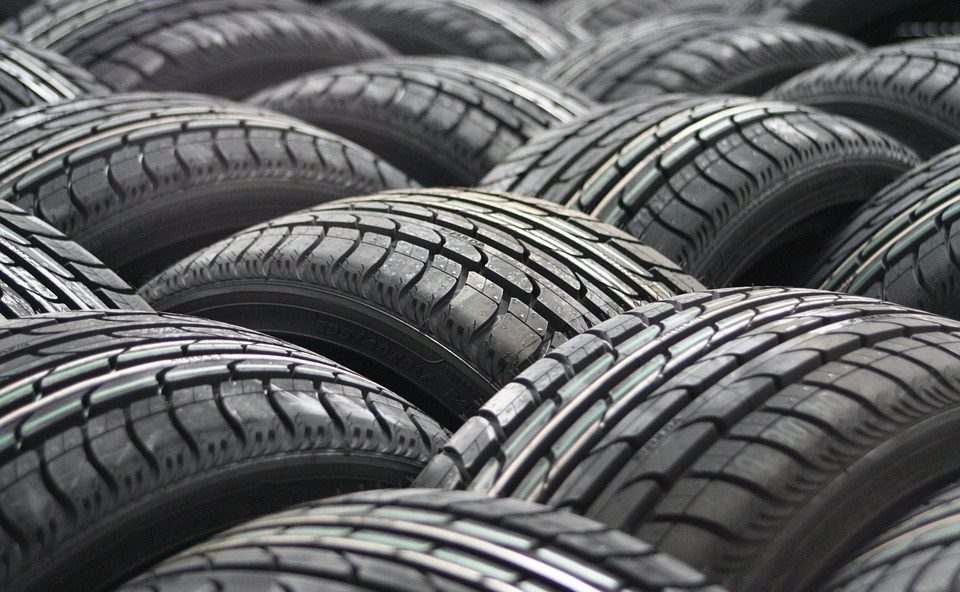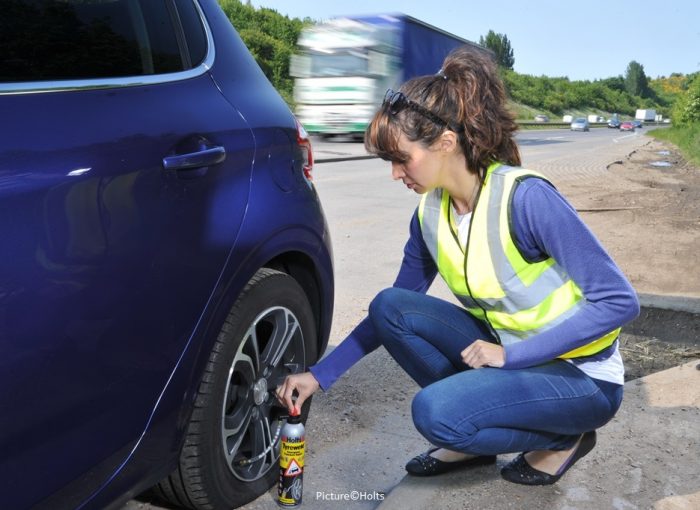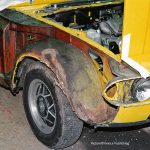A tyre that’s been repaired properly can last as long as one that’s never been punctured. But to be legal – and to ensure they’re safe ‑ tyres have to be repaired to a certain standard.
How can tyres be repaired?
There are three kinds of tyre repair. They can be fixed from the outside using what’s known as tyre string; mended from the inside using a repair patch; and given an internal repair using a combination of a patch and plug for the puncture hole.
However, the external repair is viewed as being very temporary. At best something to get you home, assuming home isn’t at the other end of the country.
Of the three puncture repair methods, the patch/plug is the only kind of tyre repair that conforms to British Standard BS AU 159, the minimum suggested safety standard.
What about inner tubes?
Some tyre repairers might suggest using an inner tube as a repair for a punctured tyre. This should at best be viewed as a very temporary fix. Car tyres don’t normally have inner tubes because inner tubes generally aren’t strong enough to survive the sustained friction of rubbing against the tyre casing.
Having a tyre repaired
For a tyre repair to be legal, the tyre can only be repaired in a specified area. This is the central 70% of the tyre’s treaded area. Any part outside that ‑ the remaining tread or the sidewall ‑ can’t be legally repaired.
A tyre can’t be repaired if it’s V rated for speed and has already been repaired.

Have a professional do the job
Chances are that following a puncture, a tyre will have been driven for at least a little bit completely flat. Or perhaps quite a long way nearly flat. This could well have damaged the fabric of the tyre. Before a professional repairs a tyre, they’ll check it over thoroughly. This is to ensure the tyre’s internal structure hasn’t been damaged beyond repair. It’s also for this reason that external tyre repairs shouldn’t be viewed as anything other than temporary.
Tyres should not be repaired if their tread depth is below 1.6mm, they have splits or bulges in them, or they’ve been previously repaired with a non-British Standard repair. A pro will also check the size of the puncture. Holes that are larger than 6mm in diameter can’t be repaired.
Why can’t sidewalls be repaired?
When tyres are repaired, the technicians will use what’s known as an air drill. This cleans up the hole and has to be done once the tyre has been removed from the wheel. However, using an air drill on a tyre sidewall will weaken its structure.
In addition, the patch/plugs used to fix punctures have to adhere to the tyre. The sidewall is the most flexible part of the tyre so they wouldn’t be able to stick to it sufficiently to keep the air in. And lastly, the sidewall carries the most load. It’s this that effectively holds the car up (by encasing air) so it needs to be as strong as possible.

I’ve been writing about cars and motoring for more than 25 years. My career started on a long-departed classic car weekly magazine called AutoClassic. I’ve since pitched up at Autosport, Auto Express, the News of the World, Sunday Times and most recently the Daily Telegraph. When I’m not writing about cars and motoring, I’m probably doing some kind of sport or working in my garden.







